Uranus Moons: Facts
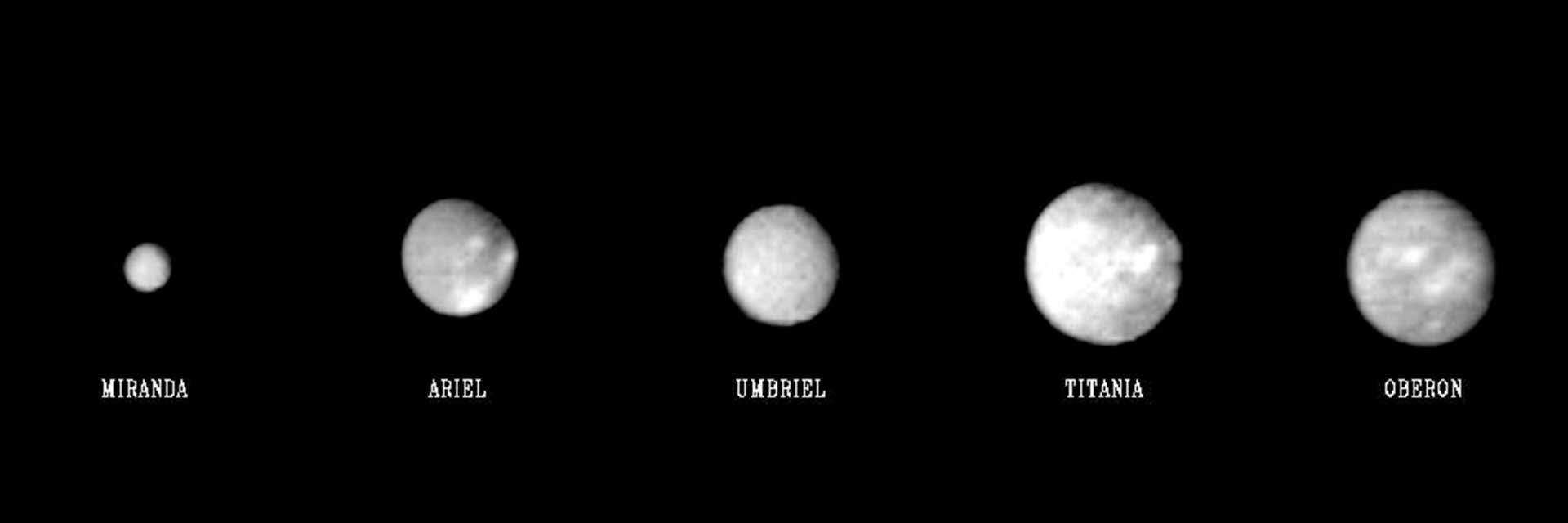
"Sweet Moon," William Shakespeare wrote in "A Midsummer Night's Dream," "I thank thee for thy sunny beams; I thank thee, Moon, for shining now so bright." Centuries later, the moons of Uranus pay homage to the famous playwright.
While most satellites orbiting other planets take their names from ancient mythologies, Uranus' moons are unique in being named for Shakespearean characters, along with a couple of the moons being named for characters from the works of Alexander Pope.
Oberon and Titania are the largest Uranian moons, and were the first to be discovered – by William Herschel in 1787. William Lassell, who had been the first to see a moon orbiting Neptune, discovered the next two, Ariel and Umbriel. Nearly a century passed before Gerard Kuiper found Miranda in 1948.
The Voyager 2 spacecraft visited the Uranian system in 1986 and tripled the number of known moons. Voyager 2 found an additional 10, just 16-96 miles (26-154 km) in diameter: Juliet, Puck, Cordelia, Ophelia, Bianca, Desdemona, Portia, Rosalind, Cressida, and Belinda.
Since then, astronomers using the Hubble Space Telescope, and improved ground-based telescopes have raised the total to 28 known moons. Spotting the post-Voyager moons is an impressive feat. They're tiny – as little as 8-10 miles (12-16 km) across, and blacker than asphalt. And of course, they're about 1.8 billion miles (2.9 billion km) away from the Sun.
All of Uranus's inner moons (those observed by Voyager 2) appear to be roughly half water ice and half rock. The composition of the moons outside the orbit of Oberon remains unknown, but they are likely captured asteroids.
Here's a sampling of some of the unique aspects of the moons:
- Miranda, the innermost and smallest of the five major satellites, has a surface unlike any other moon that's been seen. It has giant fault canyons as much as 12 times as deep as the Grand Canyon, terraced layers and surfaces that appear very old, and others that look much younger.
- Ariel has the brightest and possibly the youngest surface among all the moons of Uranus. It has few large craters and many small ones, indicating that fairly recent low-impact collisions wiped out the large craters that would have been left by much earlier, bigger strikes. Intersecting valleys pitted with craters scar its surface.
- Umbriel is ancient, and the darkest of the five large moons. It has many old, large craters and sports a mysterious bright ring on one side.
- Oberon, the outermost of the five major moons, is old, heavily cratered, and shows little signs of internal activity. Unidentified dark material appears on the floors of many of its craters.
- Cordelia and Ophelia are shepherd moons that keep Uranus' thin, outermost "epsilon" ring well defined.
Between them and Miranda is a swarm of eight small satellites unlike any other system of planetary moons. This region is so crowded that astronomers don't yet understand how the little moons have managed to avoid crashing into each other. They may be shepherds for the planet's 10 narrow rings, and scientists think there must be still more moons, interior to any known, to confine the edges of the inner rings.
"Well shone, Moon," wrote Shakespeare, "truly, the Moon shines with a good grace."
Moons of Uranus
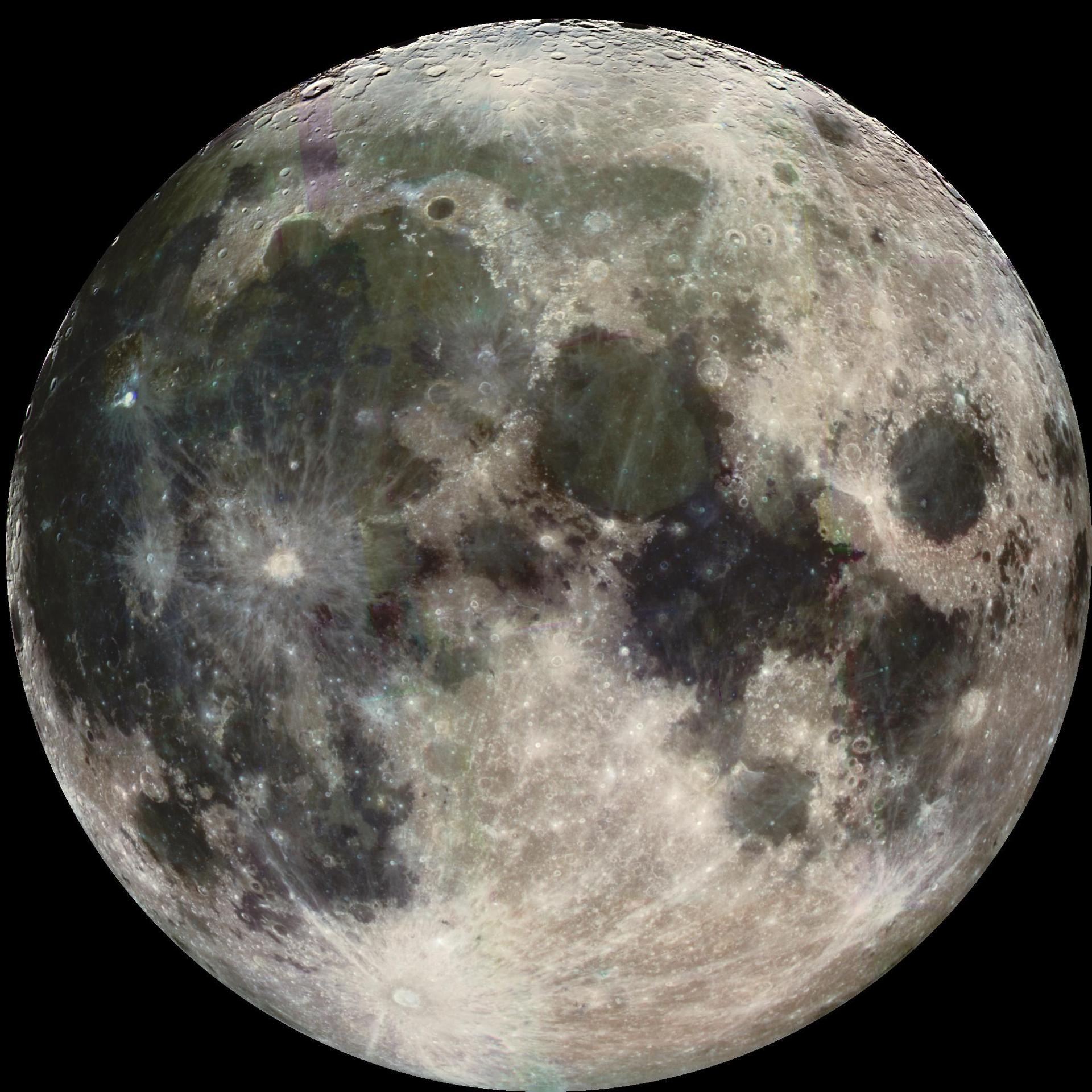
Moons
How Many Moons Are in Our Solar System? Naturally-formed bodies that orbit planets are called moons, or planetary satellites. The…
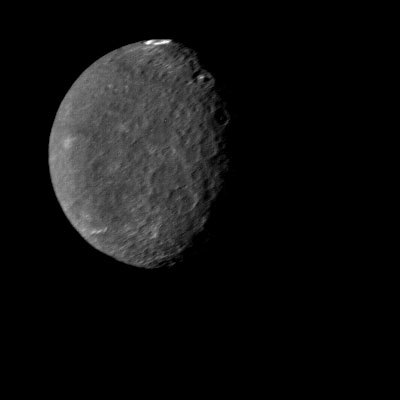
Umbriel
Discovery Umbriel was discovered on Oct. 24, 1851 by English astronomer William Lassell. Overview Umbriel is the darkest of Uranus’…

Trinculo
Discovery Trinculo was discovered on Aug. 13, 2001 by Matthew Holman, John J. Kavelaars and Dan Milisavljevic at the Dominion…
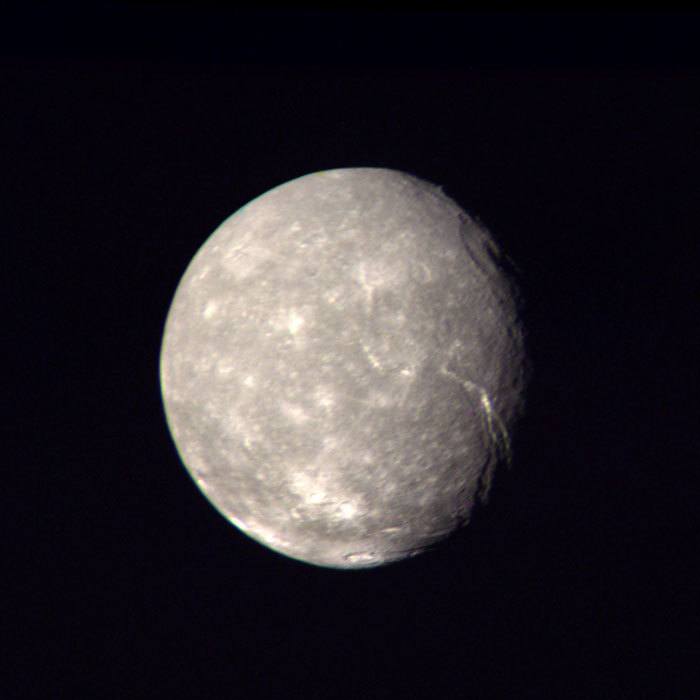
Titania
Discovery Titania was discovered on Jan. 11, 1787 by British astronomer William Herschel. Overview Titania is Uranus’ largest moon. Images…

Sycorax
DiscoverySycorax was discovered on Sept. 6, 1997 by Philip D. Nicholson, Brett J. Gladman, Joseph A. Burns and John J.…

Stephano
Discovery Stephano was discovered on July 18, 1999 by Brett Gladman, Matthew Holman, John J. Kavelaars, Jean-Marc Petit, and Hans…

Setebos
Discovery Setebos was discovered on July 18, 1999 by John J. Kavelaars, Brett Gladman, Matthew Holman, Jean-Marc Petit, and Hans…
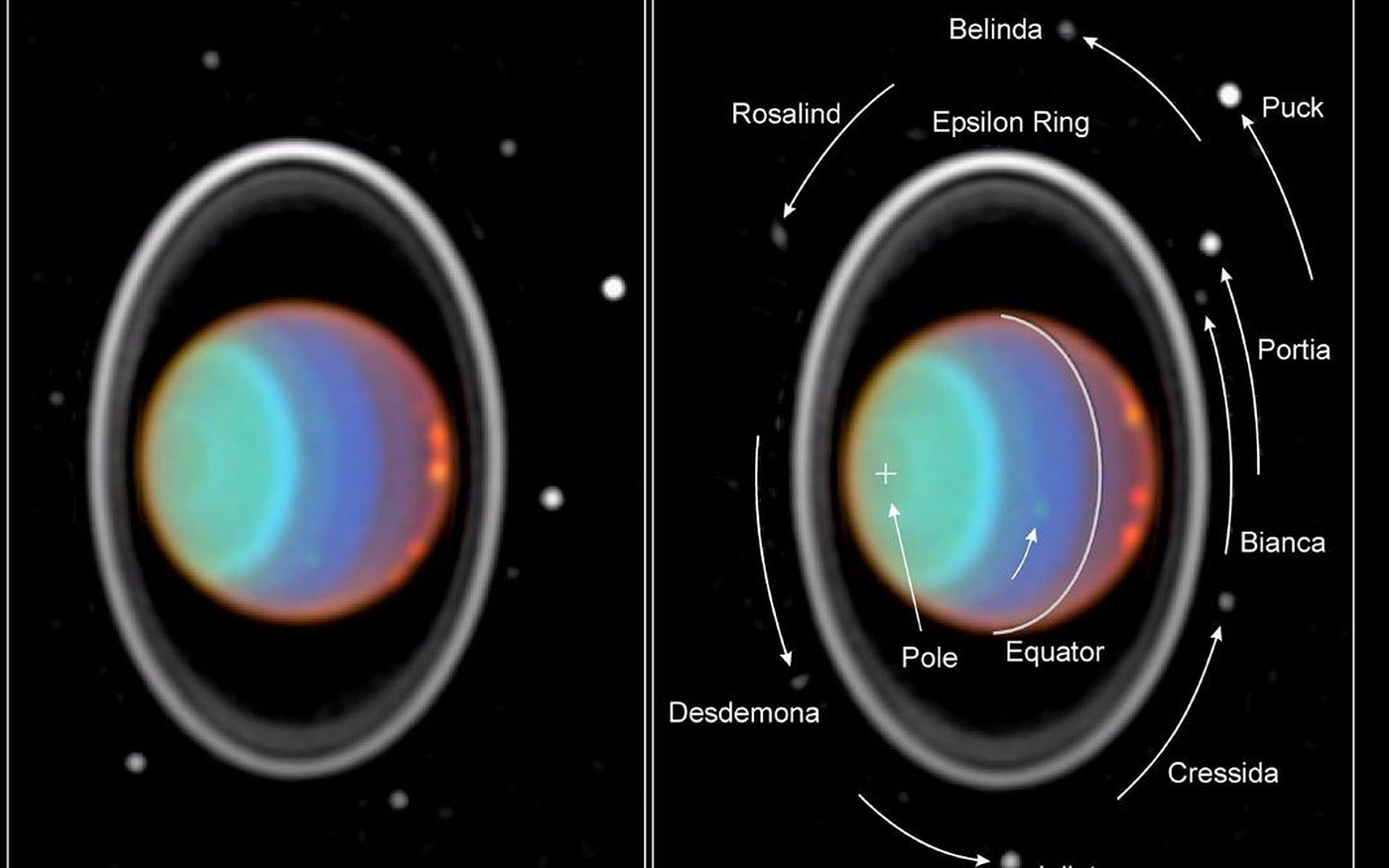
Rosalind
Discovery Rosalind was discovered by the Voyager 2 science team on 13 January 1986. Overview Little is known about Rosalind,…
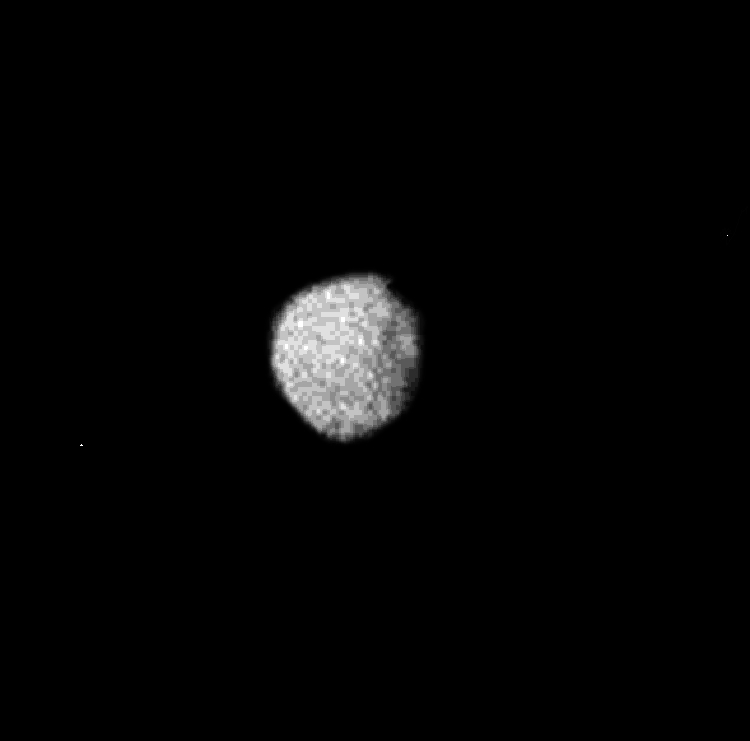
Puck
Discovery Puck was discovered December 1985 in images sent back by the Voyager 2 spacecraft during its flyby of Uranus.…




